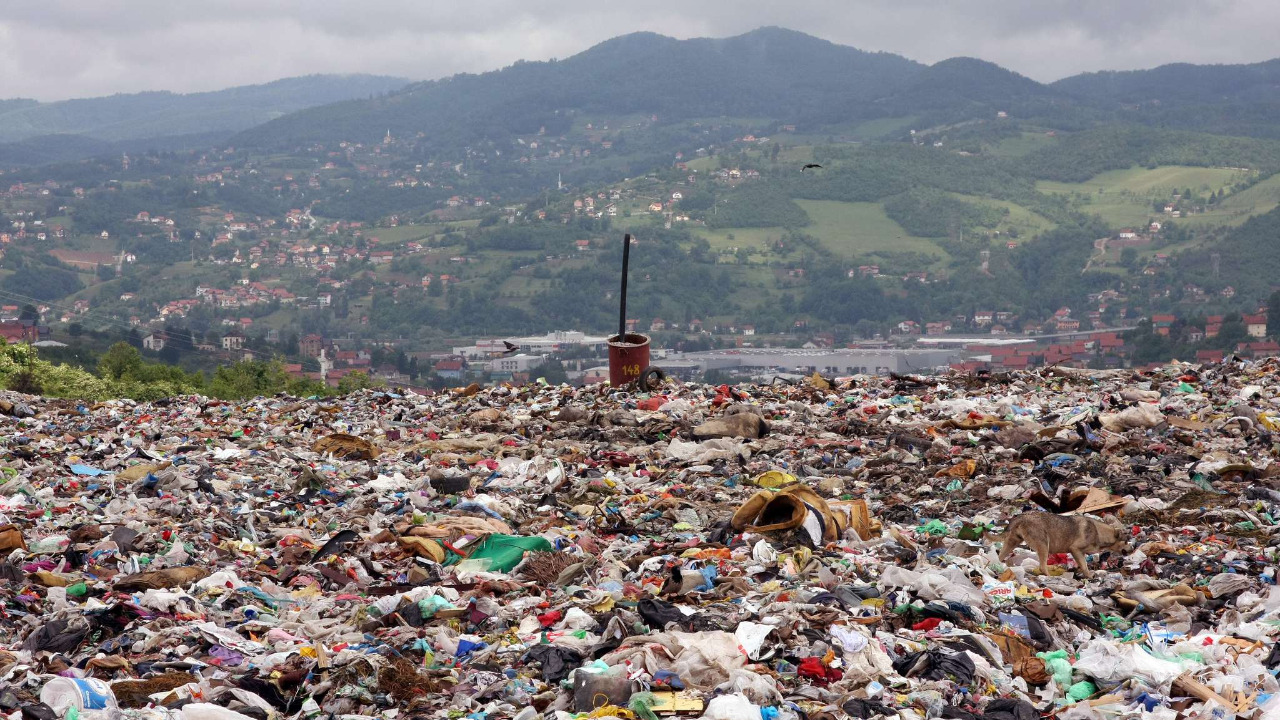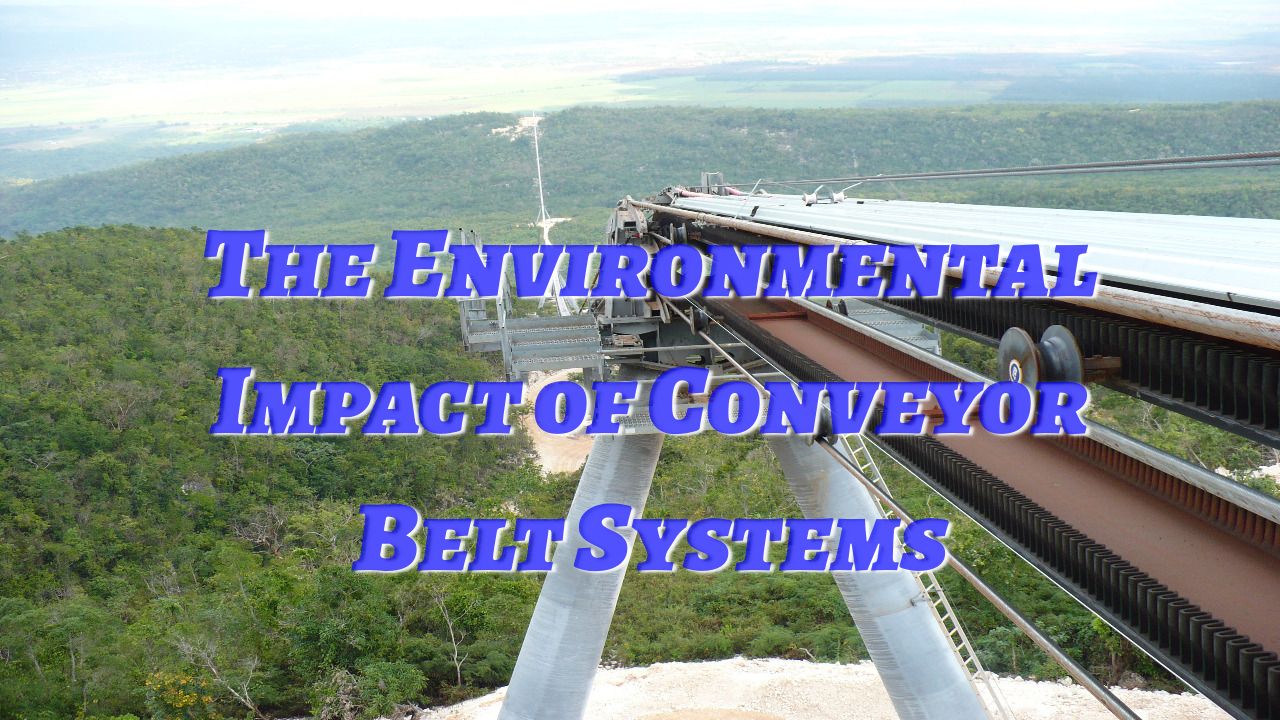The Environmental Impact of Conveyor Belt Systems
Conveyor belt systems are a critical component of many industries, including mining, manufacturing, and transportation. While they provide numerous benefits, such as increased efficiency and reduced labor costs, they can also have a significant impact on the environment. In this article, we will explore the environmental impact of conveyor belt systems and discuss ways to mitigate their effects.
The Energy Consumption

One of the most significant environmental impacts of conveyor belt systems that conveyor belt suppliers don’t think about is the energy consumption required to operate them. Conveyor belts use a significant amount of electricity to power the motors and control systems that move the belts and sort materials. This energy consumption results in greenhouse gas emissions, which contribute to climate change.
To mitigate the energy consumption and greenhouse gas emissions associated with conveyor belt systems, several strategies can be employed. For example, conveyor belts can be designed to operate at lower speeds or to shut off automatically when not in use, reducing energy consumption. Additionally, renewable energy sources, such as solar or wind power, can be used to power conveyor belt systems, reducing reliance on fossil fuels.
The Noise Pollution

Another environmental impact of conveyor belt systems is the noise pollution they generate. Conveyor belts can produce high levels of noise, particularly in enclosed spaces such as factories and warehouses. This noise pollution can have a significant impact on the health and well-being of workers, causing hearing loss, stress, and other health problems.
To reduce the impact of noise pollution, conveyor belt systems can be designed to operate at lower decibel levels, and noise-absorbing materials can be used to insulate the conveyor belts and surrounding areas. Additionally, workers can be provided with personal protective equipment, such as earplugs or earmuffs, to reduce their exposure to noise pollution.
The Waste Generated

Another environmental impact of conveyor belt systems is the waste generated by their operation. For example, conveyor belts can generate dust and debris, which can be harmful to the environment and to workers’ health. Additionally, conveyor belts can wear out over time, requiring replacement, which can generate waste.
To mitigate the waste generated by conveyor belt systems, several strategies can be employed. For example, conveyor belts can be designed to include dust suppression systems that reduce the amount of dust generated during operation. Additionally, conveyor belts can be made from durable materials that are less likely to wear out quickly, reducing the need for replacement and waste generation.
The Impact on Wildlife and Natural Habitats
Finally, conveyor belt systems can have a significant impact on wildlife and natural habitats. For example, conveyor belts used in mining operations can disturb the natural landscape and disrupt wildlife habitats. Additionally, conveyor belts used in ports and shipping terminals can release pollutants into the water, harming marine life.
To mitigate the impact on wildlife and natural habitats, several strategies can be employed. For example, conveyor belts can be designed to minimize their impacts on the natural landscape, such as by using underground tunnels or elevated bridges. Additionally, conveyor belts can be equipped with spill containment systems that prevent pollutants from entering the water.
In conclusion, conveyor belt systems play a critical role in many industries, but they can also have a significant impact on the environment. To mitigate this impact, several strategies can be employed, such as reducing energy consumption, minimizing noise pollution, reducing waste generation, and mitigating the impact on wildlife and natural habitats. By implementing these strategies, we can ensure that conveyor belt systems continue to provide the benefits of increased efficiency and reduced labor costs while minimizing their impact on the environment.


